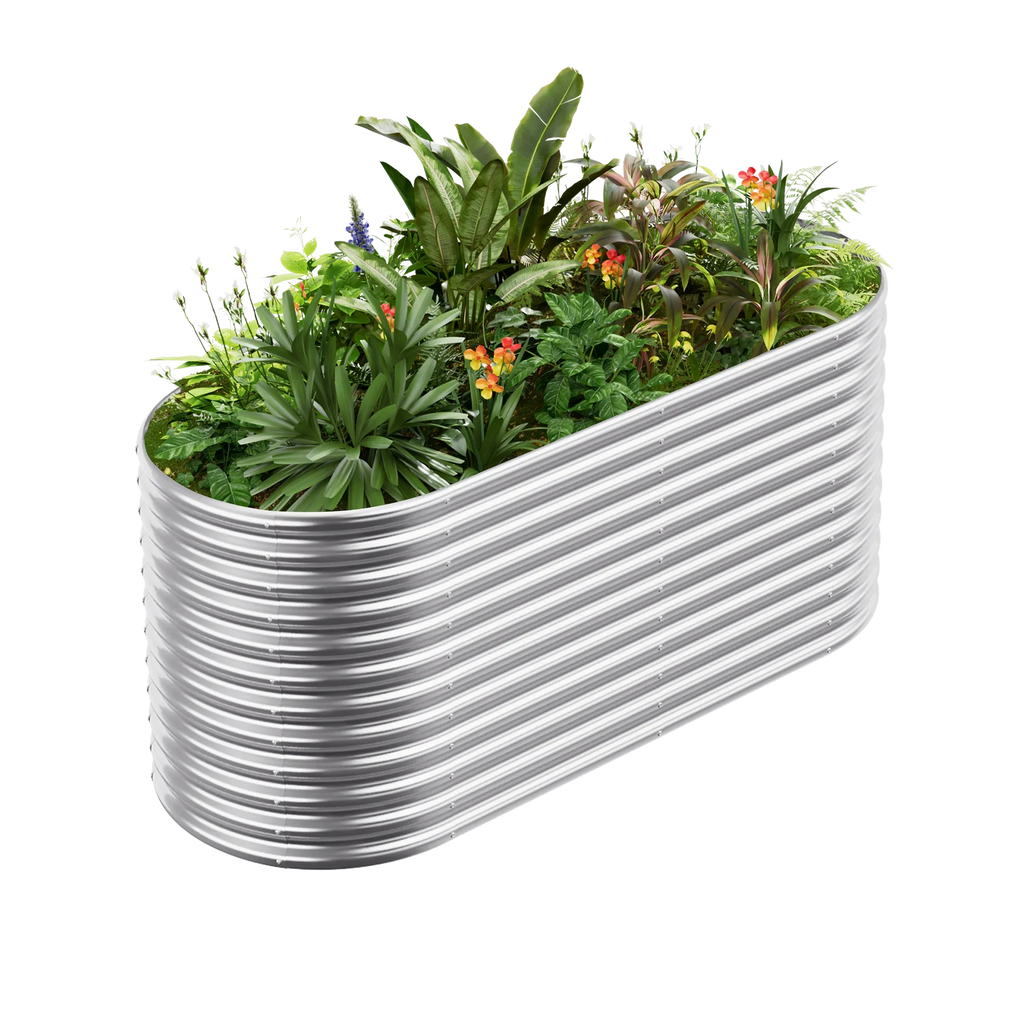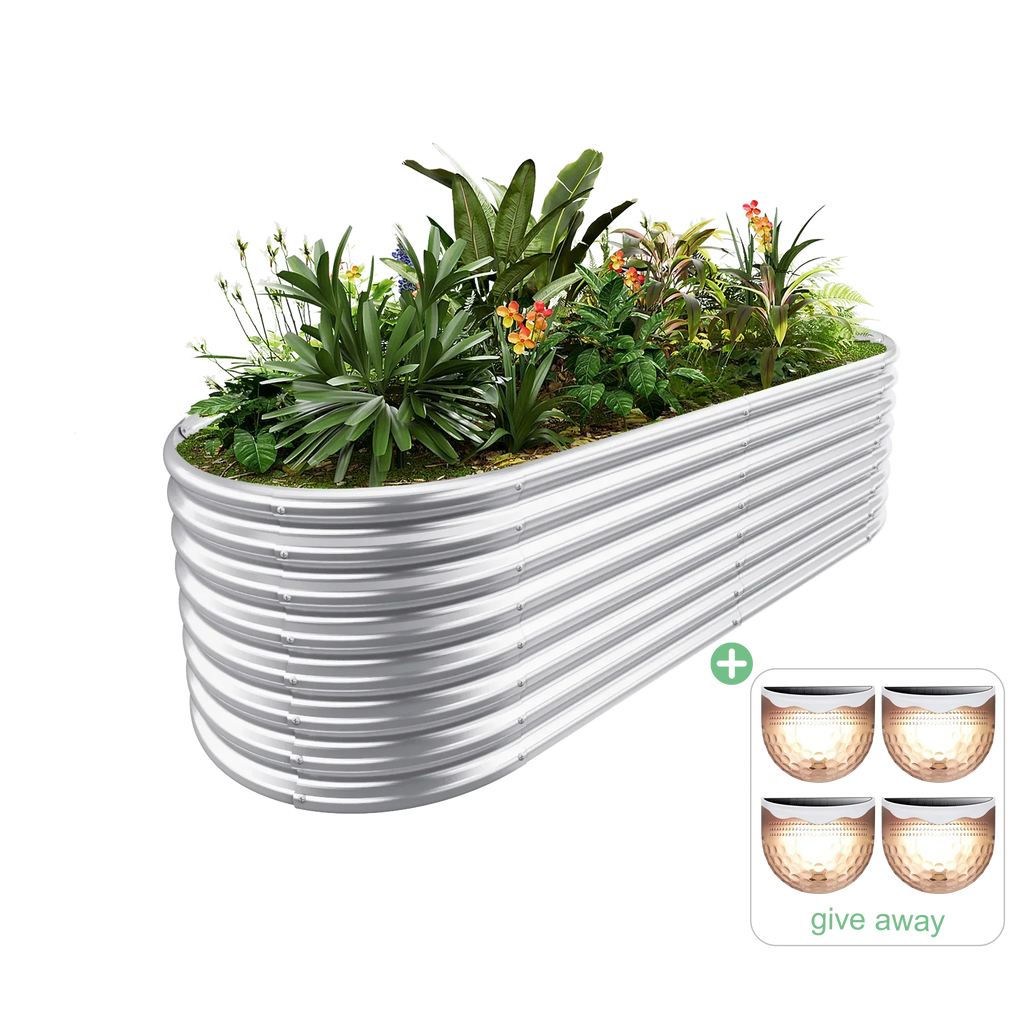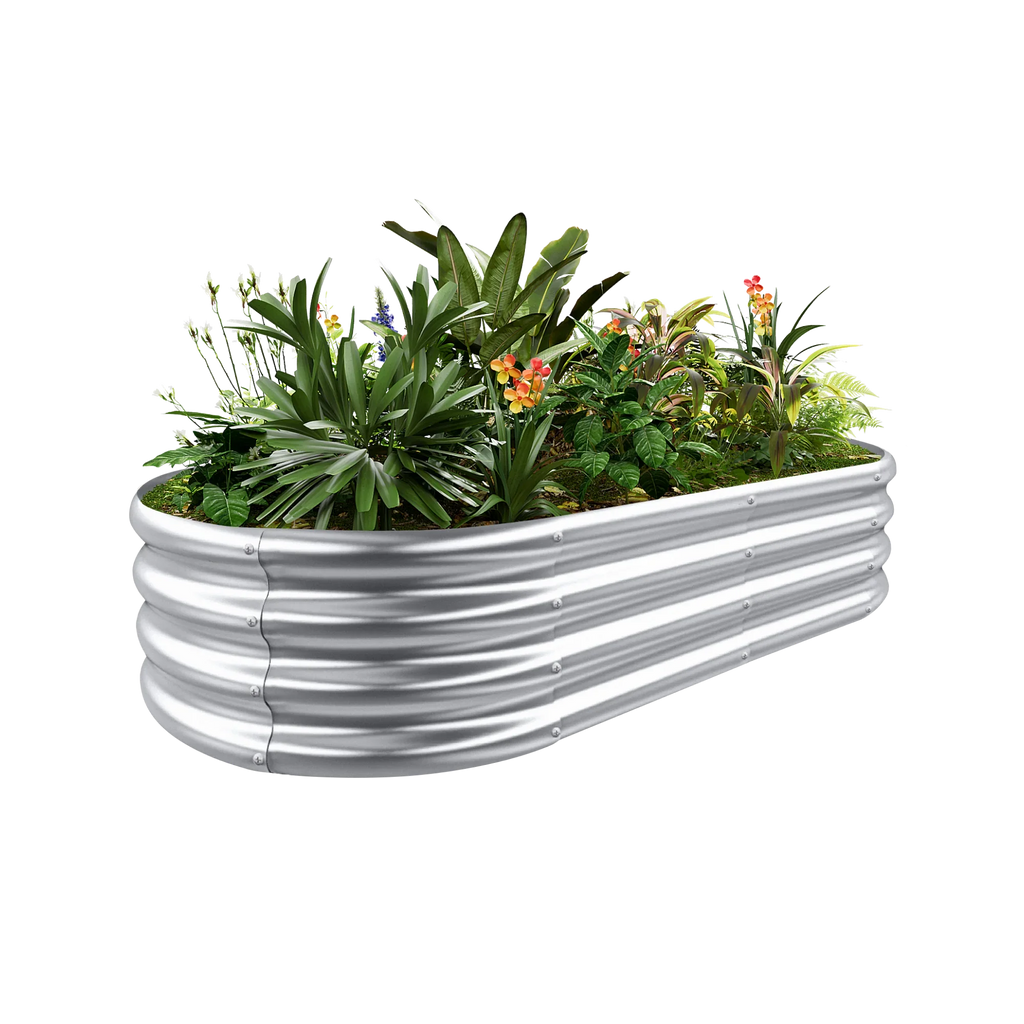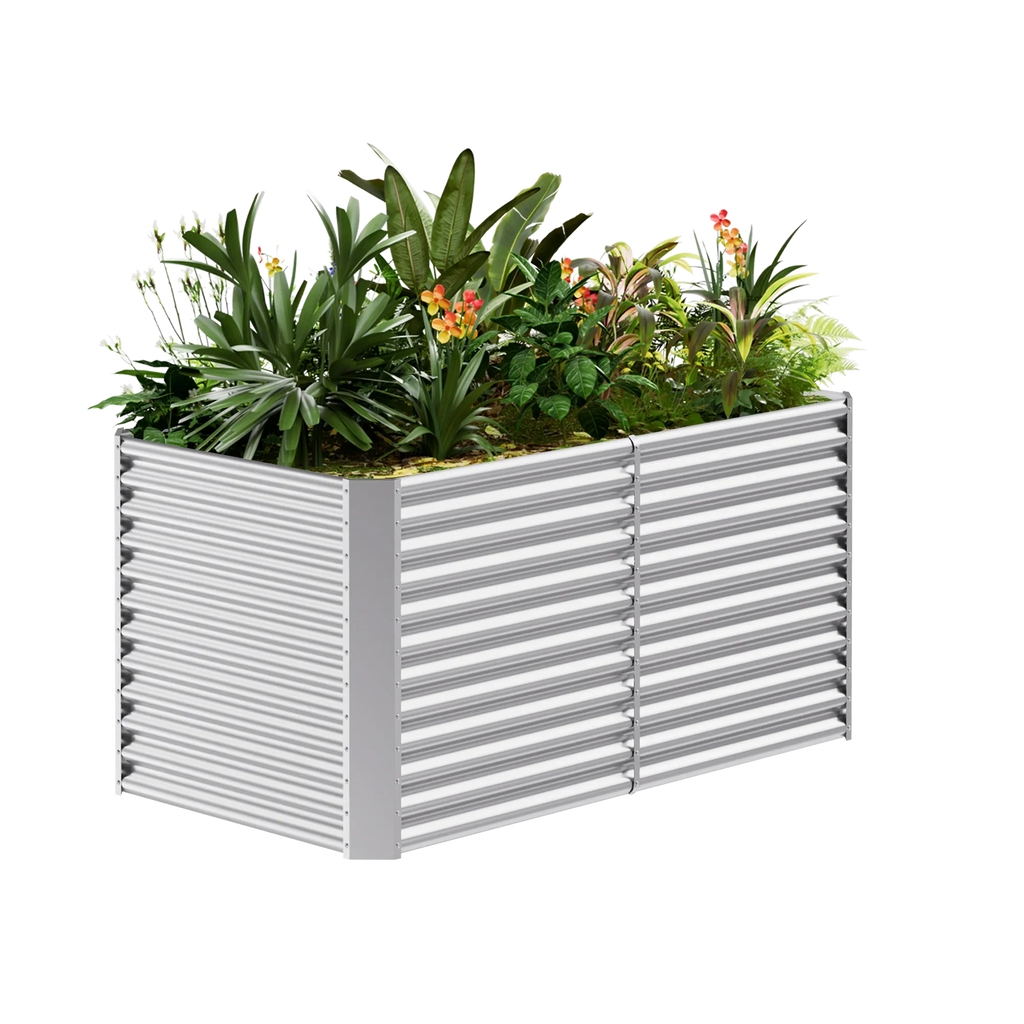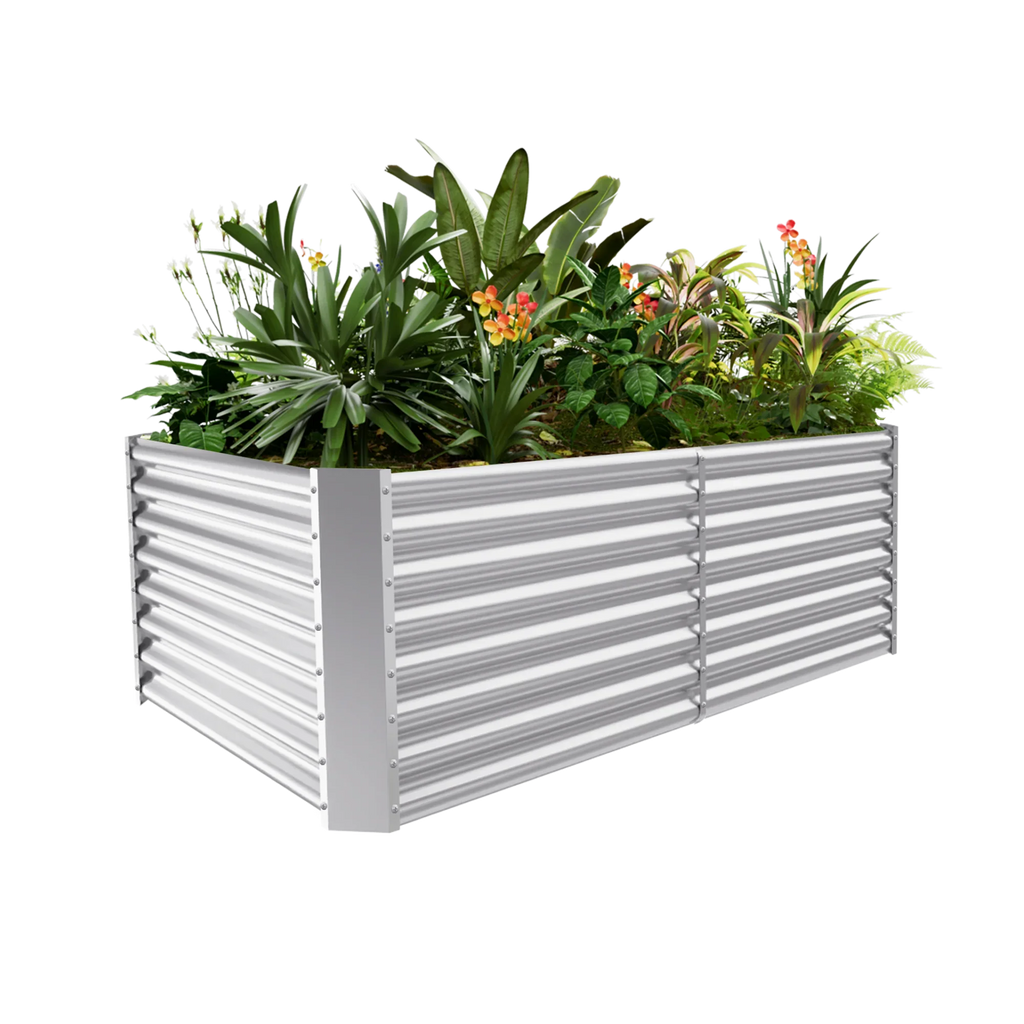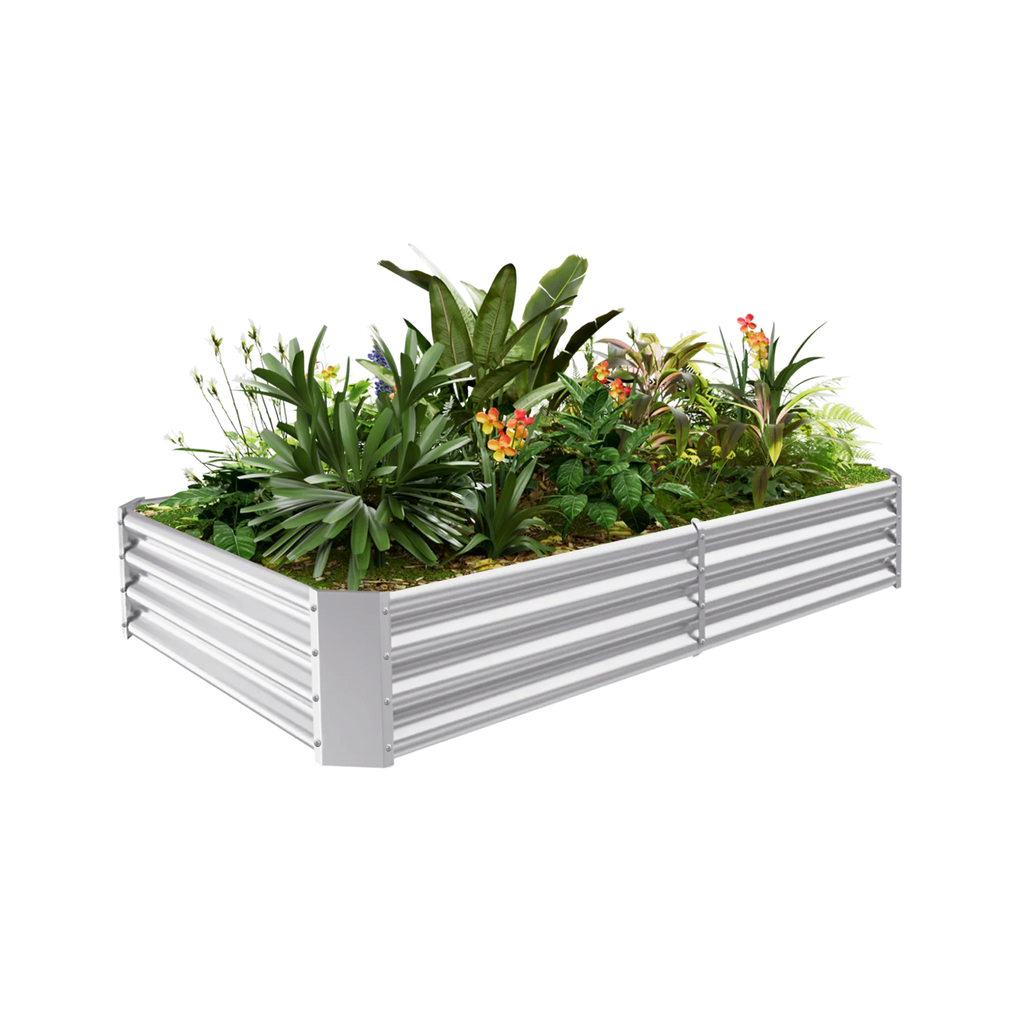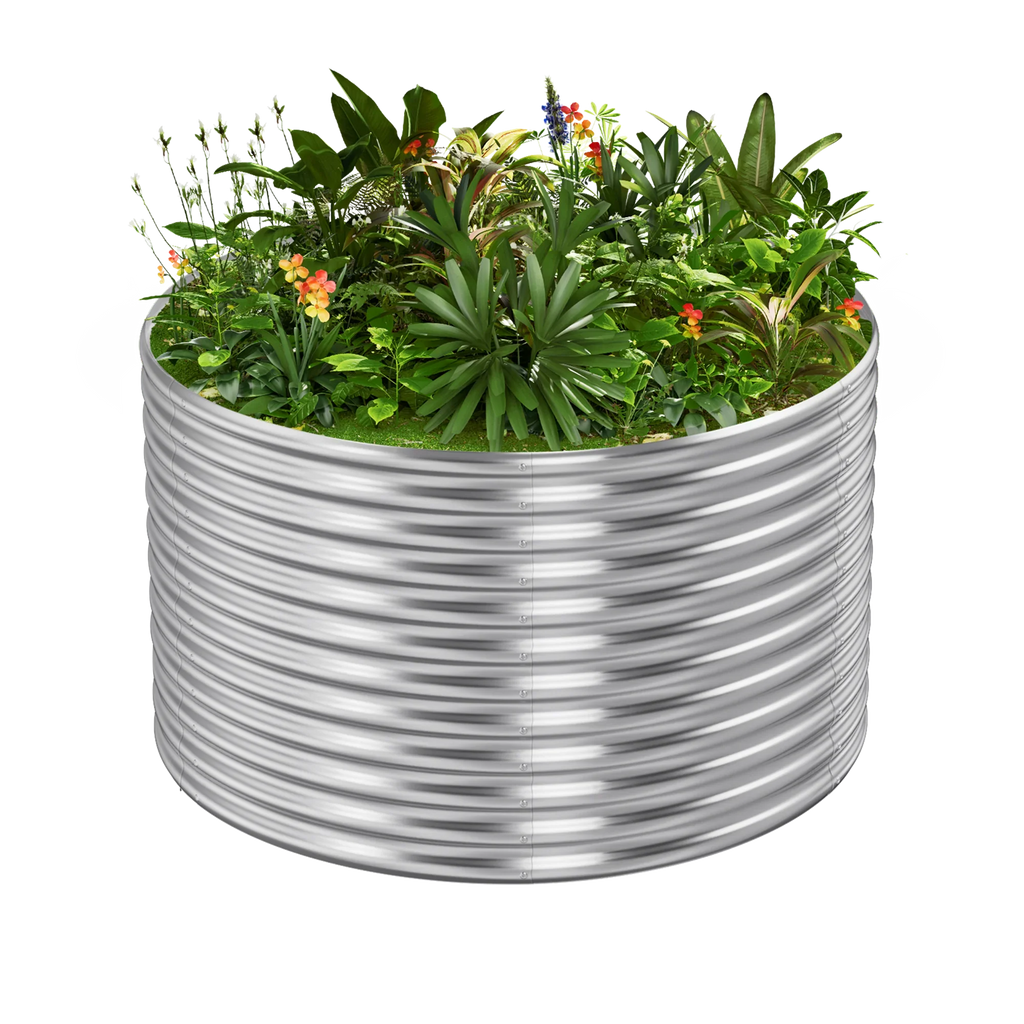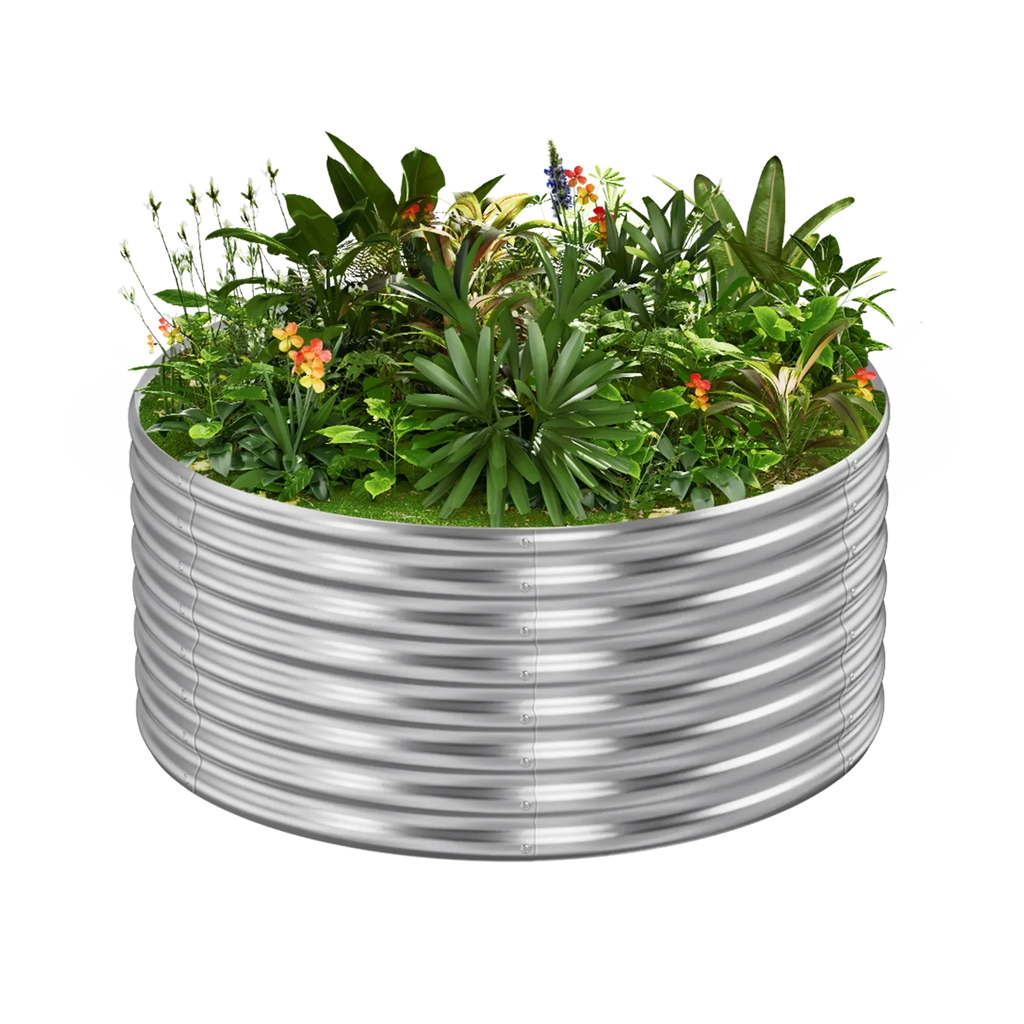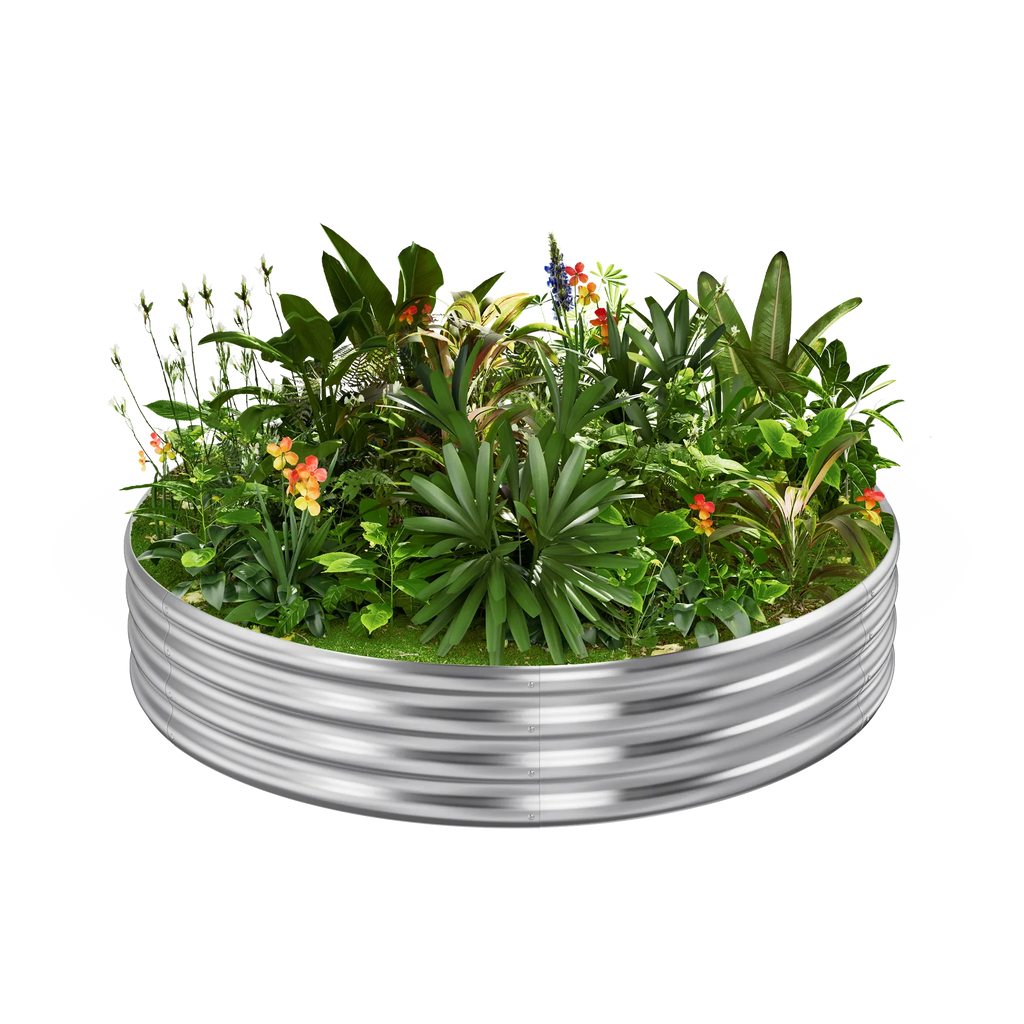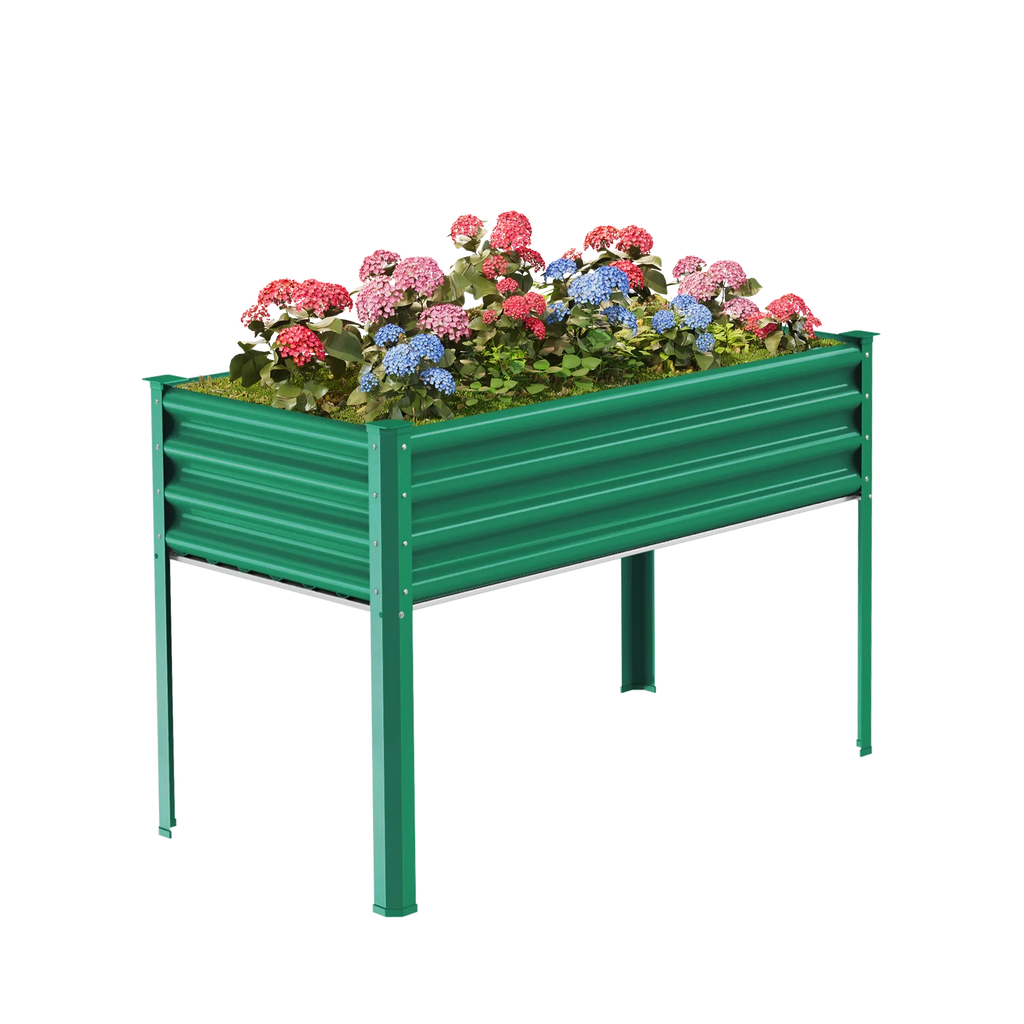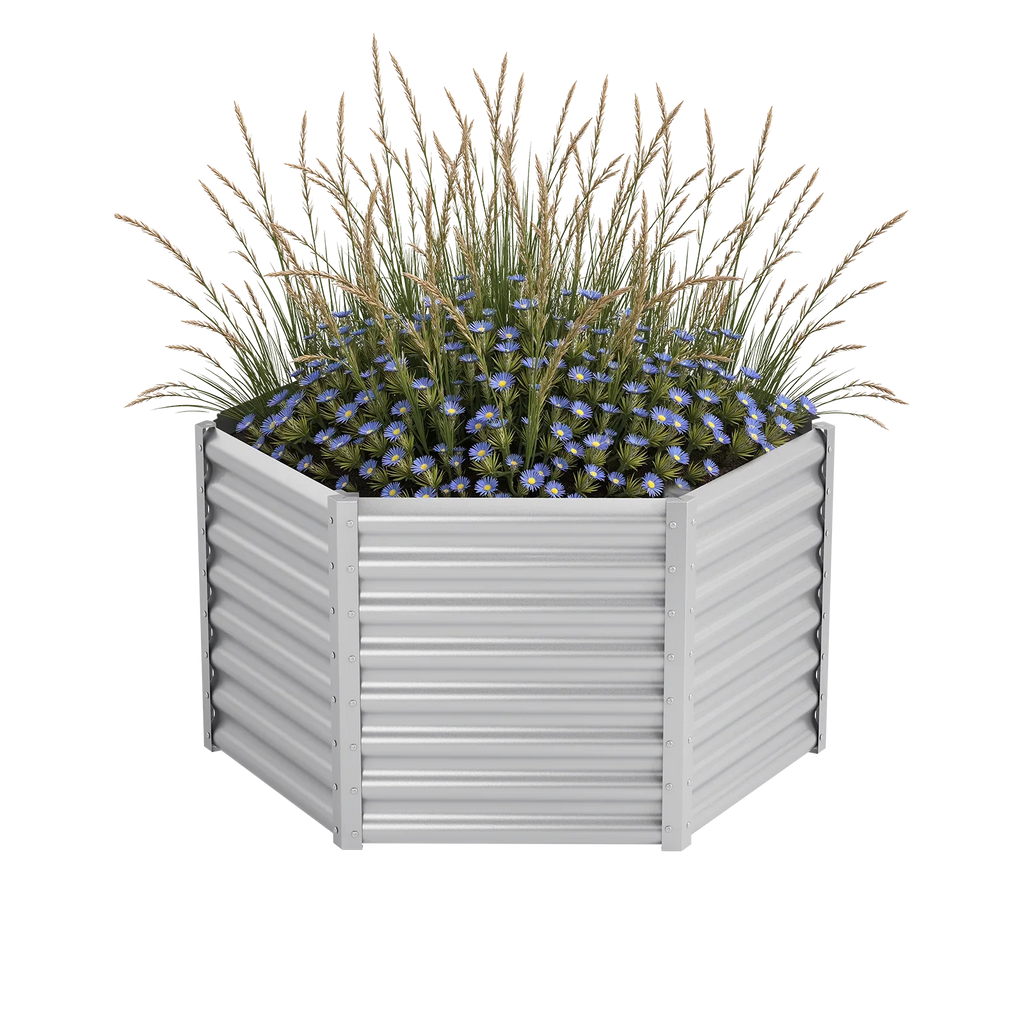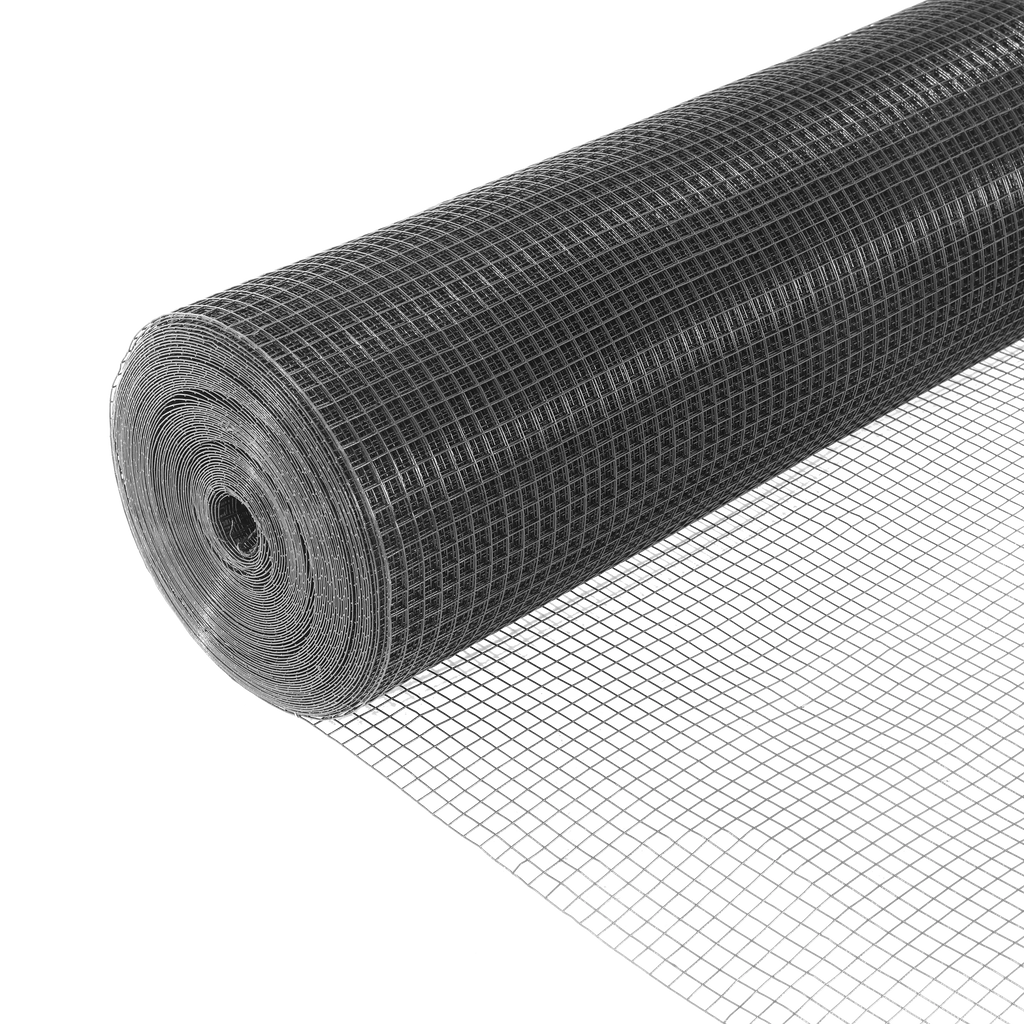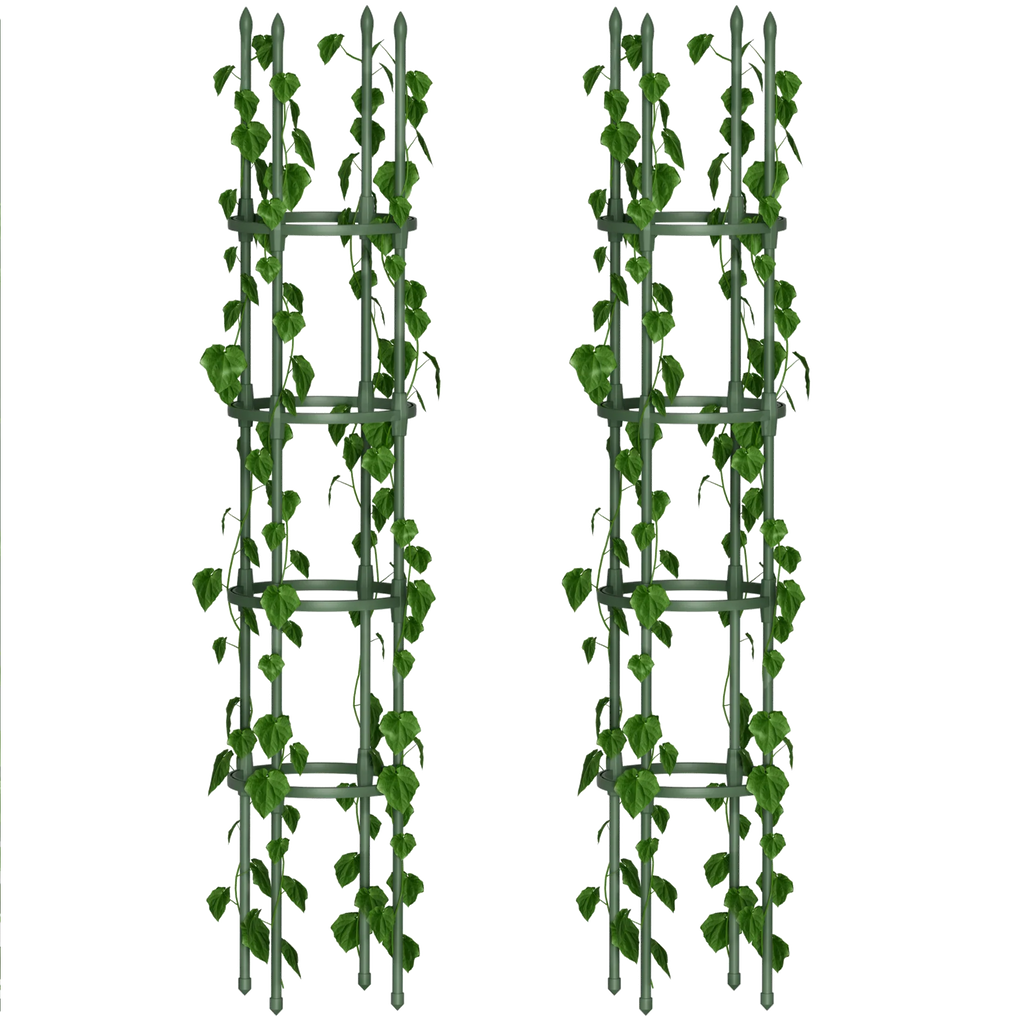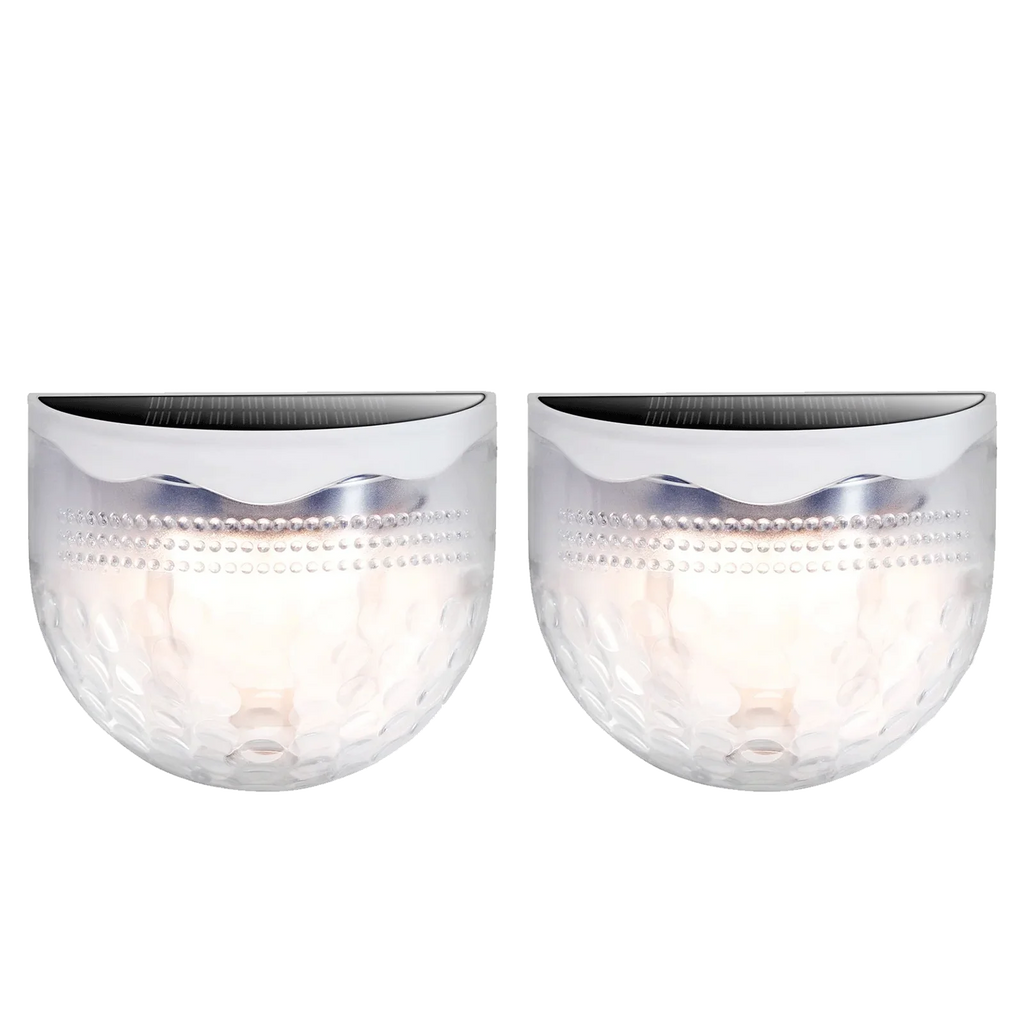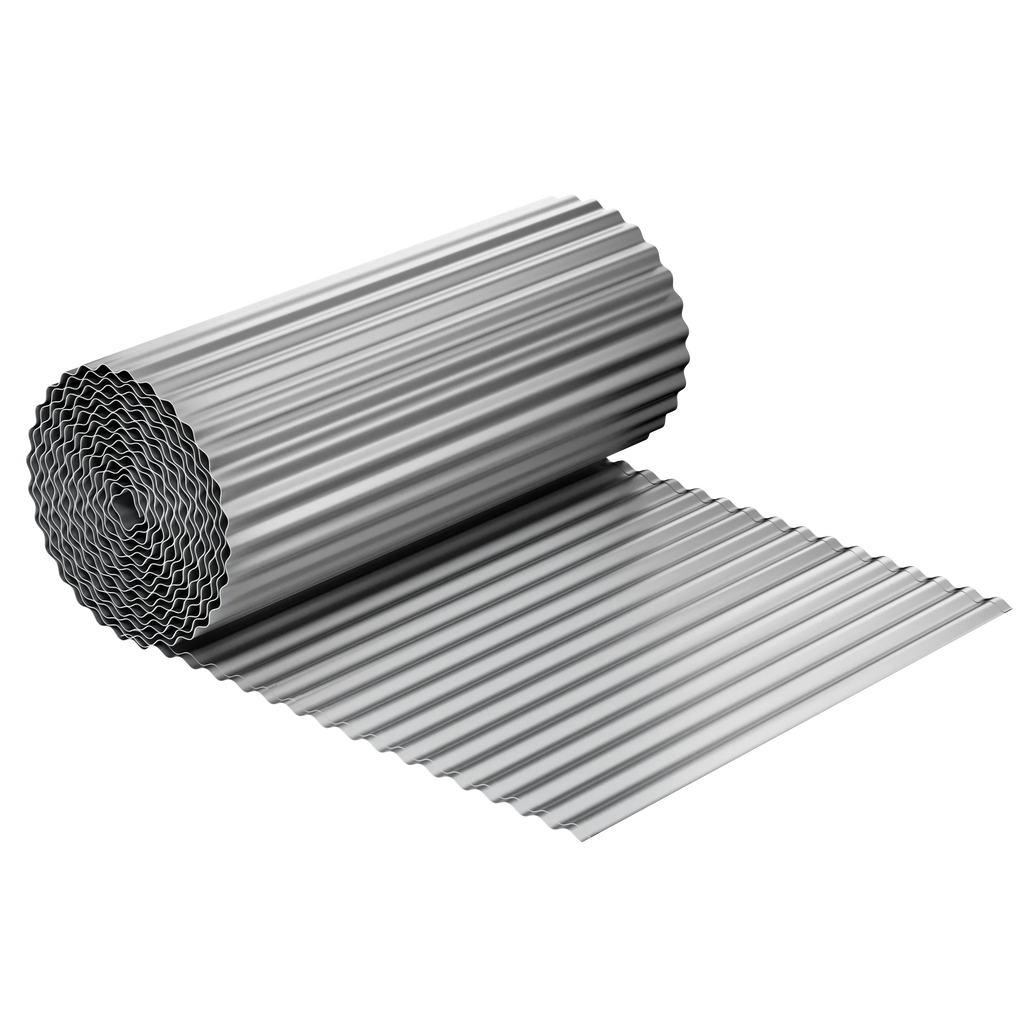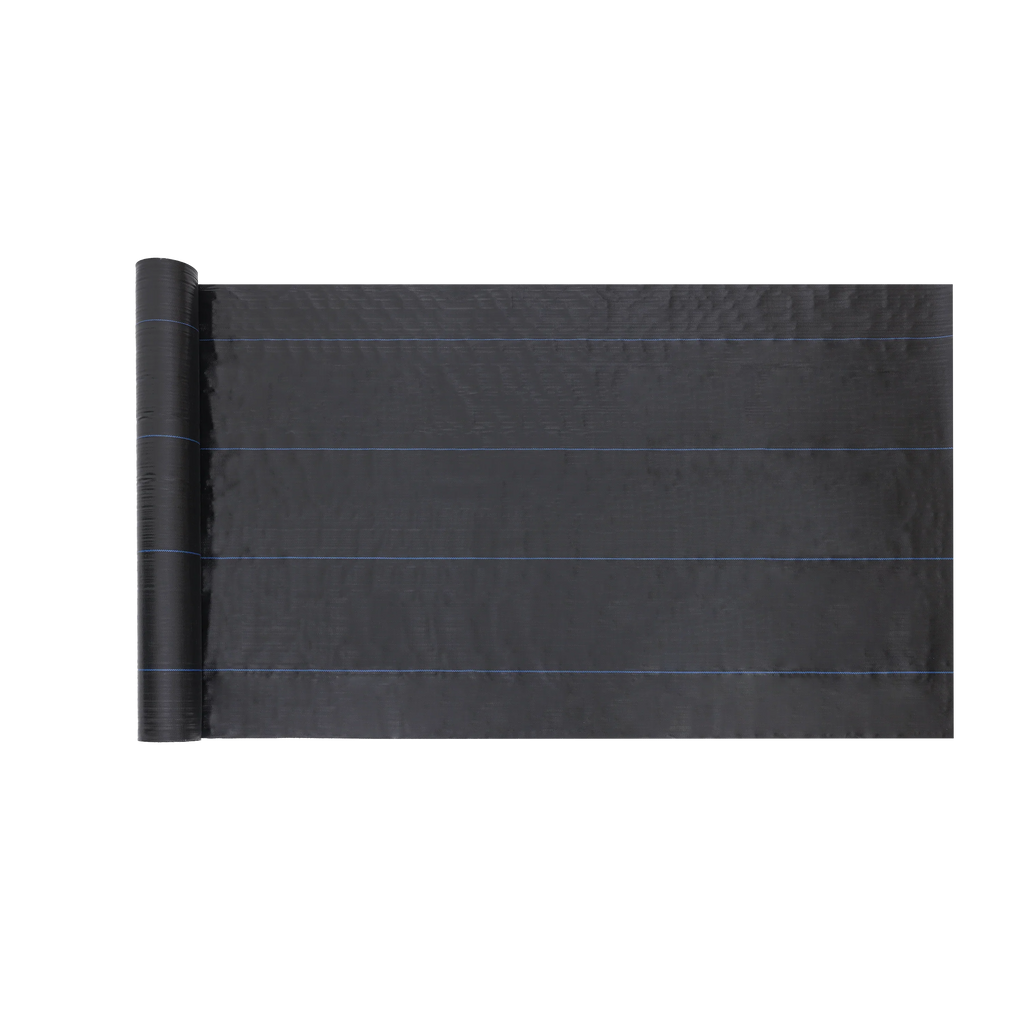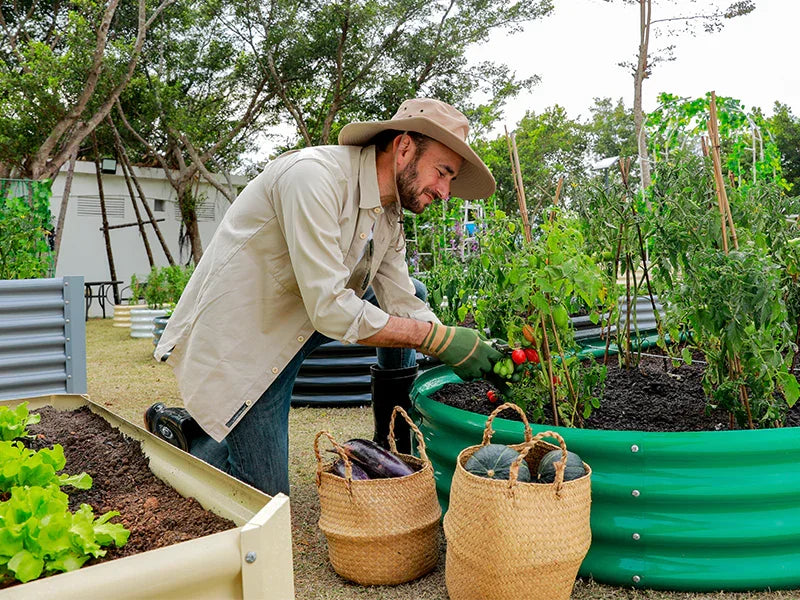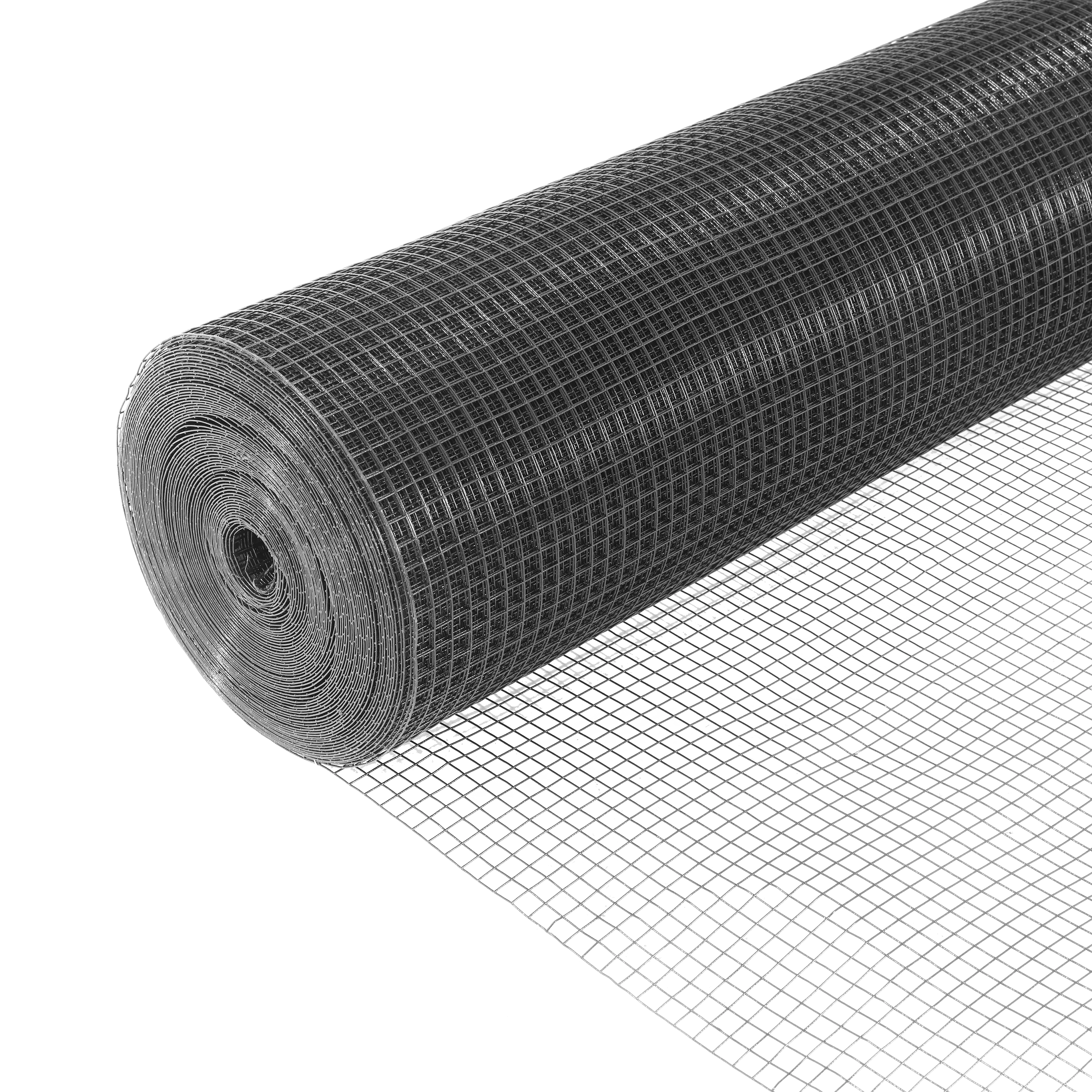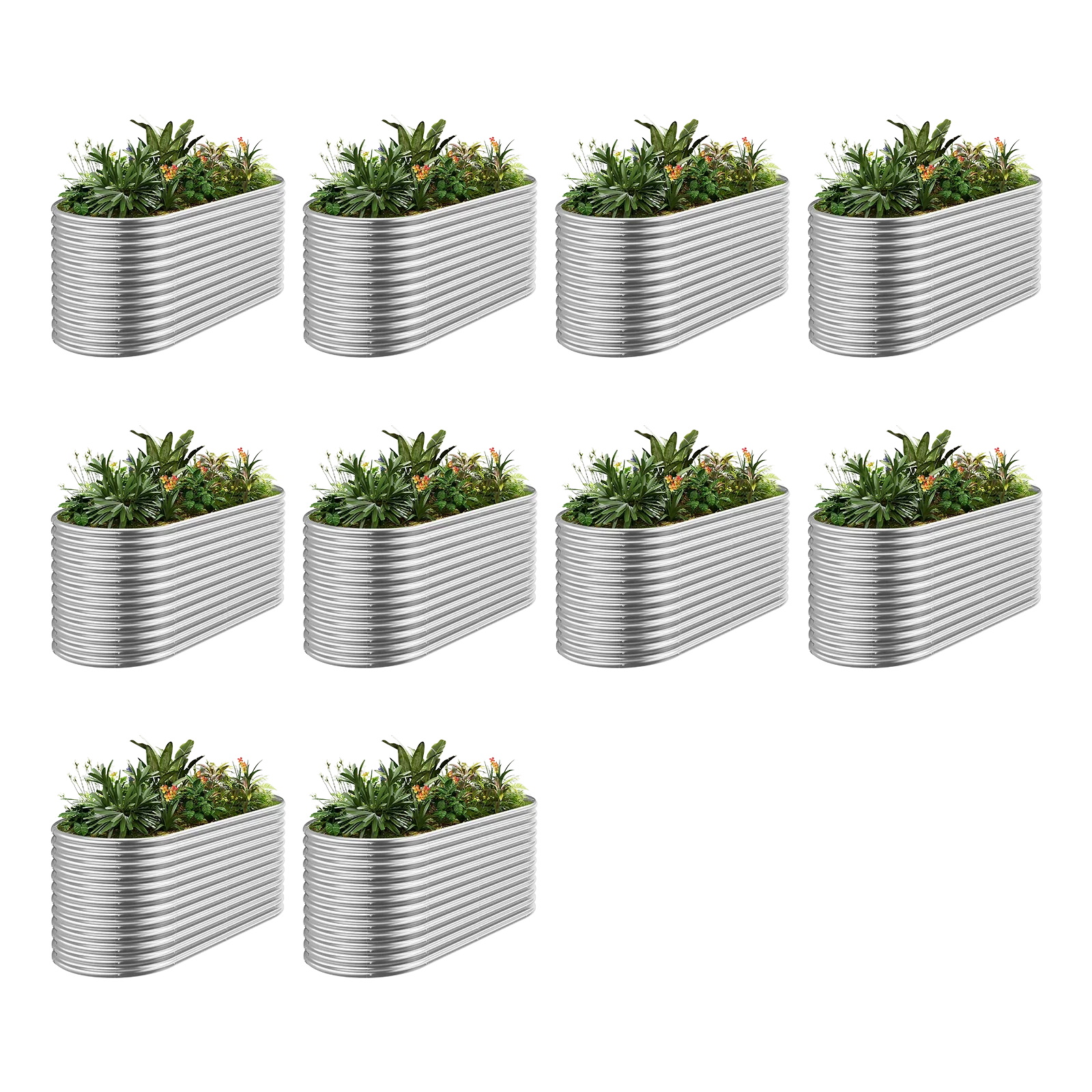Growing legumes—such as peas, beans, and lentils—is a rewarding endeavor for gardeners. These plants thrive in various conditions, but the shape of your garden bed can play a surprising role in their success. Oval, rectangular, and circular garden beds each offer unique advantages, from optimizing space to enhancing drainage. So, which shape comes out on top for growing legumes? Let’s explore the options and find the best fit for your garden.

Why Legumes Are a Top Pick for Gardens
Legumes are a standout choice for home gardeners. They’re packed with nutrients, simple to cultivate, and naturally enrich the soil by fixing nitrogen, benefiting future crops. From sprawling rural yards in Georgia to compact urban plots in Portland, legumes adapt to diverse American climates. However, to maximize their growth, the garden bed shape you choose can make a real difference. Let’s dive into how oval, rectangular, and circular beds perform.
Oval Garden Beds: Beauty Meets Functionality
Oval garden beds bring a touch of elegance to any backyard while delivering practical benefits for growing legumes. Their curved design softens the landscape and provides ample room for climbing varieties like pole beans or peas. By placing trellises or stakes along the edges, you can take full advantage of vertical space—ideal for smaller gardens or patios.
One of the standout features of oval beds is their ability to distribute soil and water evenly. The rounded shape prevents water from pooling, which is essential for legumes that prefer well-drained conditions. Gardeners in states like California and North Carolina often find oval beds perfect for fitting into irregular spaces, such as along curved walkways or in corner nooks.
That said, oval beds have their limits. For bush legumes like lentils or snap beans, the curved edges can make row planting less efficient, potentially wasting some space. Still, if you’re after a stylish and versatile option, oval garden beds hold strong appeal.
Rectangular Garden Beds: The Practical Powerhouse
Rectangular garden beds are a classic choice for U.S. gardeners, and they excel when it comes to growing legumes. Their straight lines lend themselves to organized planting, making them a natural fit for row crops like soybeans or green beans. In regions like the Midwest, where large, flat yards are common, rectangular beds are prized for their simplicity and efficiency.
The rectangular design is highly adaptable. Whether you’re planting a small patch of peas or a long row of chickpeas, you can scale the bed to match your needs. It’s also easy to add drip irrigation or divide the space for crop rotation—a smart move to keep legume-friendly soil fertile over time.
However, rectangular beds can feel boxy in tight or oddly shaped yards. Drainage might also vary if the bed isn’t perfectly level. For gardeners who prioritize productivity and ease of use, though, rectangular beds often take the lead.
Circular Garden Beds: Compact and Eye-Catching
Circular garden beds offer a fresh, creative approach to growing legumes. Their symmetrical shape makes them a striking focal point—perfect as a standalone feature in a backyard or a space-saver on a balcony. For compact bush legumes like dwarf peas or black-eyed peas, circular beds maximize every inch without wasted corners.
A key benefit is their even sunlight exposure. Legumes need 6–8 hours of sun daily, and the circular layout ensures no plant is left in the shade. Urban gardeners in cities like Chicago or Austin love these beds for rooftops and small lots, where space is precious.
On the downside, circular beds aren’t ideal for climbing legumes like runner beans. The round edge complicates trellis placement, and moisture can sometimes collect in the center if drainage isn’t spot-on. For those with limited space and a flair for design, circular beds are a standout choice.
Which Shape Wins for Legumes? A Closer Look
So, which garden bed shape is best for growing legumes? It hinges on your priorities:
· Space Efficiency: Rectangular beds shine for large-scale planting; circular beds win in small areas.
· Aesthetics: Oval and circular beds boost visual appeal, ideal for a polished garden look.
· Maintenance: Rectangular beds are the easiest to manage, while oval beds offer superior drainage.
· Support for Climbers: Oval and rectangular beds beat circular ones for trellising.
Legumes are flexible—bush varieties thrive in any shape, while climbing types favor oval or rectangular beds with room for supports. Your garden’s size, layout, and your personal style will guide the decision.
Tips for Growing Legumes in Any Bed Shape
No matter which shape you pick, these strategies will help your legumes flourish:
1. Soil Prep: Opt for loose, well-drained soil with a pH of 6.0–7.0. Add compost for a nutrient boost.
2. Watering: Aim for about 1 inch of water per week, keeping soil moist but not soggy.
3. Sunlight: Position beds for full sun to fuel nitrogen-fixing roots.
4. Spacing: Follow seed packet guidelines (e.g., 2–4 inches for bush beans) to avoid overcrowding.
Oval, rectangular, and circular garden beds crafted from durable, weather-resistant materials can support these needs, ensuring seasons of successful legume harvests.
Choosing the Right Bed for Your Garden
The beauty of gardening is its flexibility, and that extends to bed shapes. Oval beds bring sophistication to suburban yards, fitting seamlessly into unique layouts. Rectangular beds suit expansive rural plots, offering room to grow abundant crops. Circular beds thrive in urban settings, turning tiny spaces into productive gardens. Each design—whether oval, rectangular, or circular—can be customized with trellises or extra height to suit legumes perfectly.
The Verdict: Which Shape Takes the Crown?
There’s no single “winner” here. Rectangular beds lead for practicality and high yields. Oval beds strike a balance between form and function. Circular beds excel in small spaces and style. For growing legumes, all three shapes deliver—it’s about matching the bed to your garden’s needs and your vision.
Ready to plant your legumes? Oval, rectangular, and circular garden beds are available to suit every gardener’s style. Whether you’re in Florida dreaming of fresh peas or in Colorado craving homegrown lentils, the right bed can help you grow a bountiful harvest with ease.

